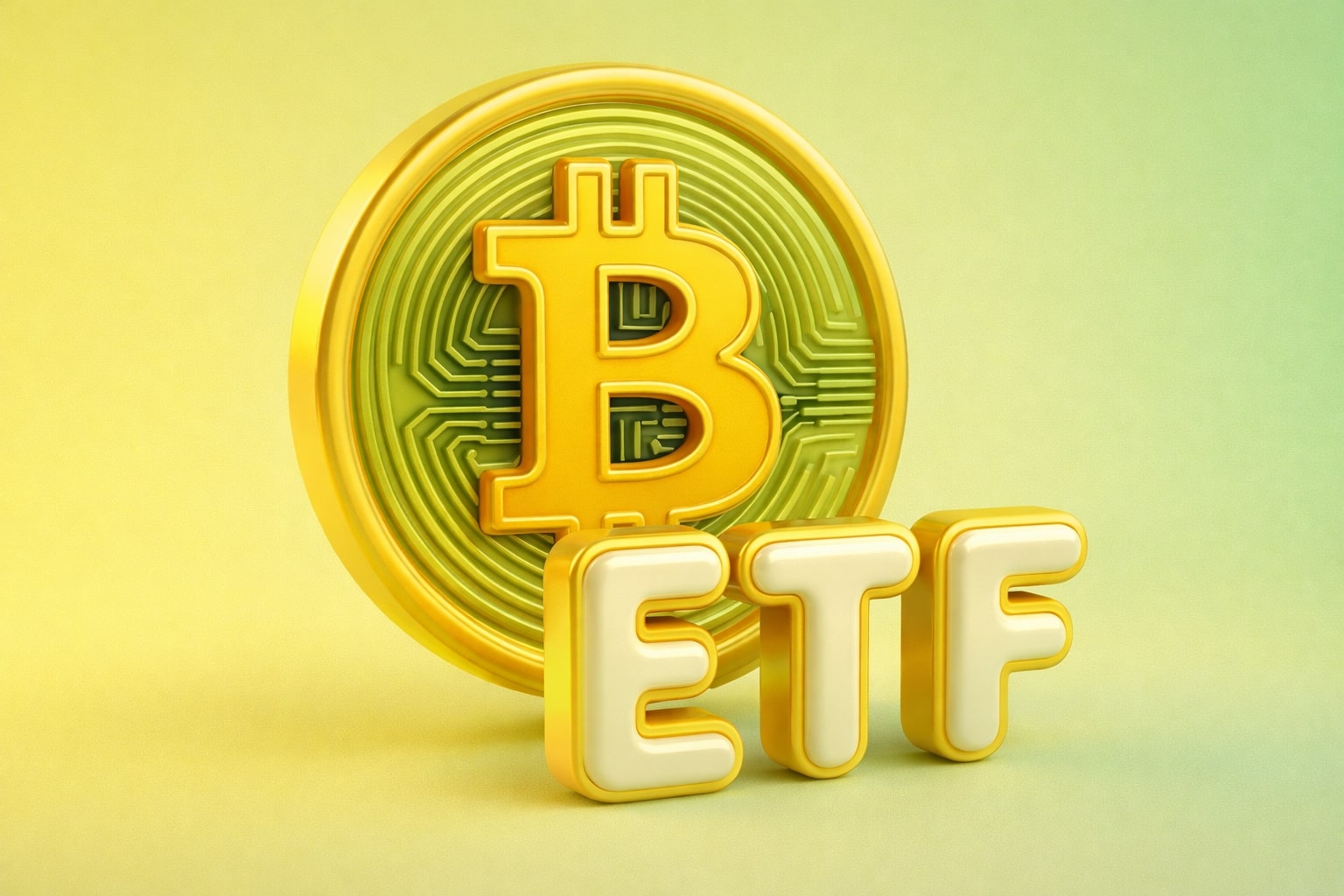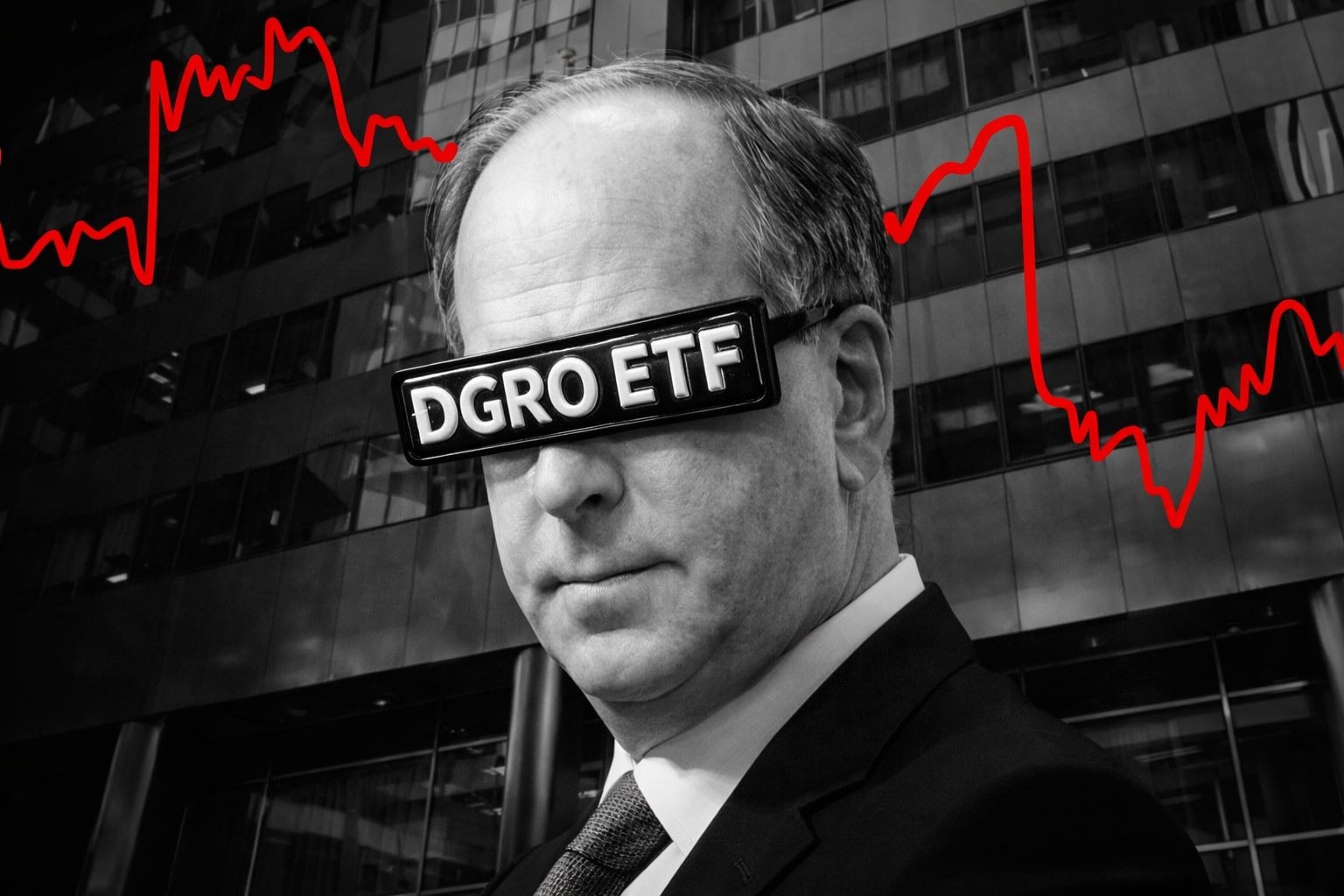BTC-USD shakes as ETF inflows reverse after $111,968 peak
Bitcoin's rapid rise to $111,968 in May triggered a shift in ETF investor behavior, flipping bullish inflows into aggressive capital rotation. Spot Bitcoin ETFs posted $5.23 billion in net inflows during the month—a massive 76% spike from April’s $2.97 billion. But as of May 30, the momentum stalled: net outflows totaled $157.4 million for the week, and price action sank to a low of $103,400.
The sharpest blow came from BlackRock’s iShares Bitcoin Trust (IBIT), which saw $430.82 million pulled in a single day, ending its 34-day streak of net inflows. That’s the largest one-day exit since IBIT launched, and the catalyst was more than just crypto-specific: investors reacted to Trump’s surprise reinstatement of steel and aluminum tariffs, alongside a U.S. court ruling deeming earlier sanctions illegal—shaking both equity and digital asset markets.
ETF demand collapses at the top — but futures suggest quiet strength
While retail holders appeared to de-risk as Bitcoin flirted with five-figure losses, BTC futures open interest continued to climb, reaching $72.47 billion, up 1% daily. That uptick signals rising institutional positioning, but not all of it is bullish. Options markets saw rising demand for puts, hinting that hedge funds are protecting against a short-term drawdown, despite futures showing upside bets.
These hedging flows are consistent with a “pause phase” following a parabolic move. Traders aren’t exiting en masse—they’re rotating. And while BTC-USD pulled back nearly 7% from its May peak, the fact that large funds are still building derivative exposure shows long-term conviction remains.
Ethereum-backed ETPs steal the spotlight with $321M inflow surge
As Bitcoin ETFs experienced their worst day in months, Ethereum ETPs roared back to life with $321 million in inflows—the biggest ETH-related weekly gain since December 2024. ETH hovered around $2,486 at the time, down from $2,771, but on-chain data revealed that 67% of ETH holders remained profitable—a stark contrast to the fear narrative around BTC.
The breakout in Ethereum flows coincided with the launch of ETH spot ETFs, a structural development that many funds see as an analog to January’s Bitcoin approval. ETH's DeFi traction, improving futures activity, and broader staking mechanics make it the new institutional trade. Bitcoin, by comparison, appears to be stuck in a macro drag while Ethereum benefits from relative rotation.
BlackRock ETF paradox: inflows still strong despite BTC exodus
Despite the $430M outflow in its Bitcoin ETF, iShares overall still posted $790 million in weekly inflows across crypto products. That suggests investors aren’t fleeing crypto—they’re reallocating. However, IBIT’s AUM slipped from $74.8B to $72.9B, confirming that losses weren’t isolated to trading noise but instead reflected meaningful redemption activity.
Other issuers suffered more. ARK Invest and 21Shares combined to lose $282 million, deepening their year-to-date redemptions to $22 million net outflows. Meanwhile, total assets under management (AUM) for global crypto ETPs slid from $187 billion to $177 billion, even as fresh weekly inflows reached $286 million. In other words: inflows persist, but they can’t outrun the price drop.
XRP and altcoin ETFs slump — another week of capital flight
It wasn’t just Bitcoin. XRP-backed ETPs saw $28 million in outflows, marking their second straight week of capital exit. Risk-off sentiment extended beyond BTC, with traders pulling back from altcoin exposure. XRP's case was made worse by regulatory uncertainty and lack of institutional narratives. The market increasingly sees Bitcoin and Ethereum as the only vehicles with durable inflow potential.
ETF innovation faces regulatory hurdles — SEC blocks staking-linked funds
Amid the inflow chaos, regulators added another layer of volatility. The SEC flagged REX Financial and Osprey Funds over their attempts to launch staking-linked ETFs, raising concerns that such structures might not qualify as legal investment companies. The agency accused the funds of “misleading disclosures” and improper registration filings.
REX insists it can resolve the issue, but the broader read is clear: while spot BTC and ETH ETFs are now normalized, any structural innovation tied to on-chain rewards will meet SEC resistance. This delays the rollout of next-gen crypto ETFs, which some fund managers hoped would broaden capital access through staking exposure.
Risk-managed BTC ETFs emerge — protection over pure upside
Volatility in unhedged spot products led to renewed interest in defined outcome ETFs. Calamos Investments’ Protected Bitcoin ETF (CBTJ), launched in February 2025, limits downside to 20% while capping gains near 50%. This structure isn’t for everyone, but its performance during May's 7% BTC pullback highlighted its value.
CBTJ didn’t track the full BTC drop—instead, its options overlay shielded portfolios, while still offering some recovery as BTC rebounded toward $105,216. For RIAs managing capital-conservative portfolios, this may become the preferred Bitcoin access point.
BTC positioning split: profit-taking or pre-reversal reload?
The latest flows leave markets at a crossroads. Profit-taking is real—six weeks of net inflows were interrupted by a violent two-day reversal totaling over $776 million in ETF redemptions across all issuers. Yet, BTC’s open interest remains strong, and most inflow prior to May was from institutional capital with longer horizons.
Seasonality may also be in play: June has historically produced muted price action in crypto. And Trump’s tariff revival, which shocked both traditional equities and Bitcoin ETFs, could fade once macro clarity returns. If BTC holds above $103,000, the technical structure still favors upside re-engagement.
Verdict: BTC-USD is a tactical Buy, but short-term chop remains high
The market isn’t abandoning Bitcoin—it’s reshuffling. Investors locked in gains near $111K, and now they’re testing Ethereum, staking innovations, and protected ETFs like CBTJ. However, the fundamentals of Bitcoin ETFs haven’t cracked: year-to-date inflows are strong, futures positioning is climbing, and the worst day of outflows didn’t derail broader confidence.
Based on price behavior, institutional inflows, and current derivative activity, BTC-USD is a Buy at $103K–$105K, but expect short-term volatility to persist. If BlackRock inflows stabilize and ETF demand returns above $106,000, the case for a fresh breakout strengthens. Until then, disciplined accumulation is the strategy—not blind chase.


















